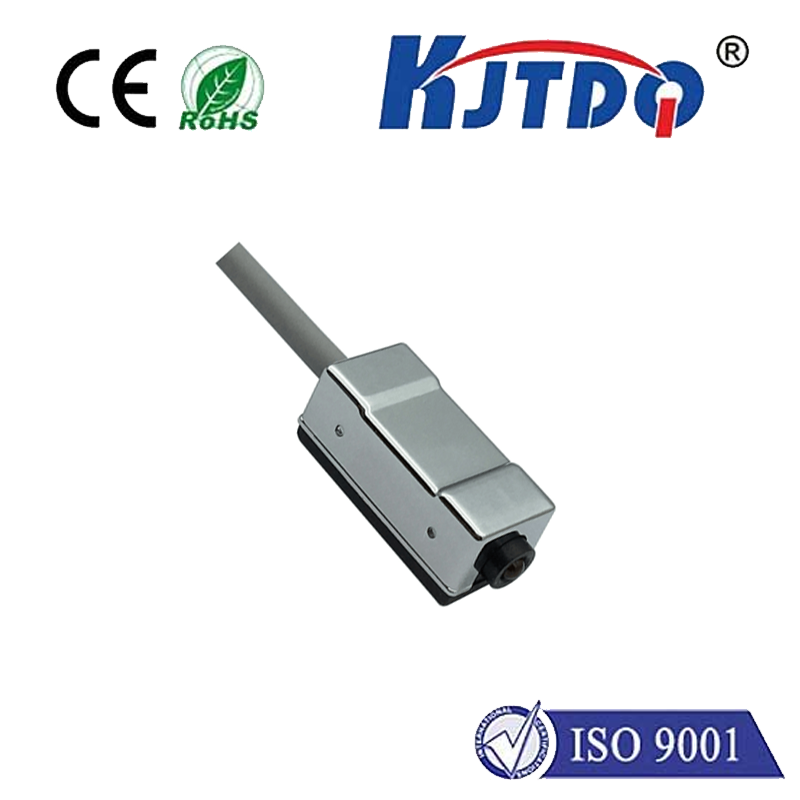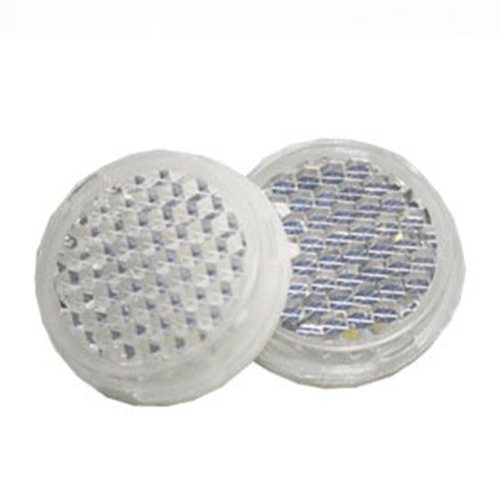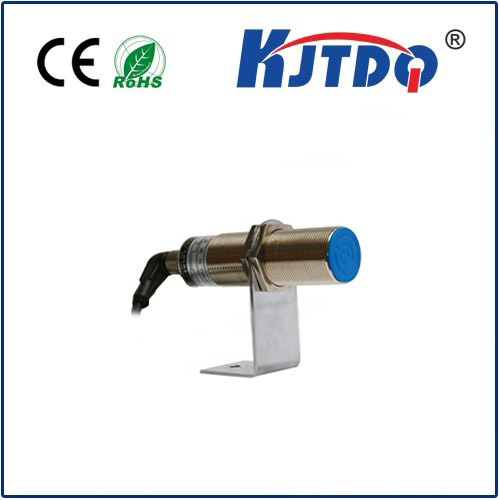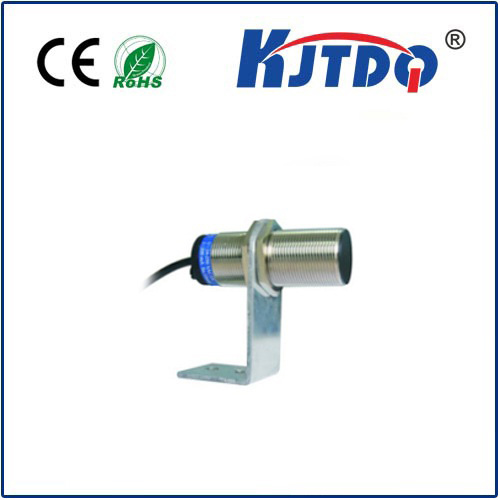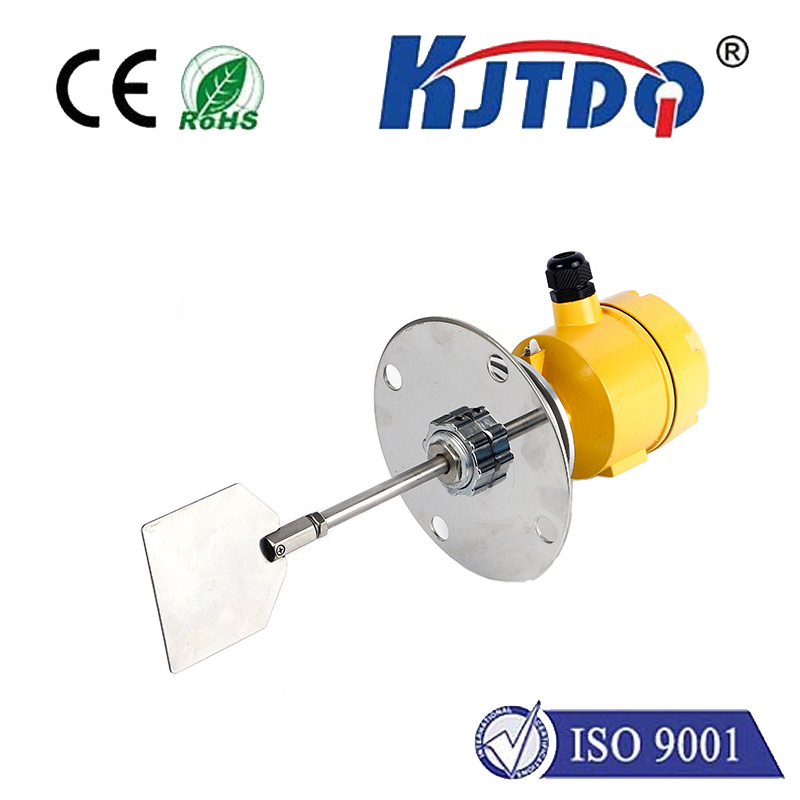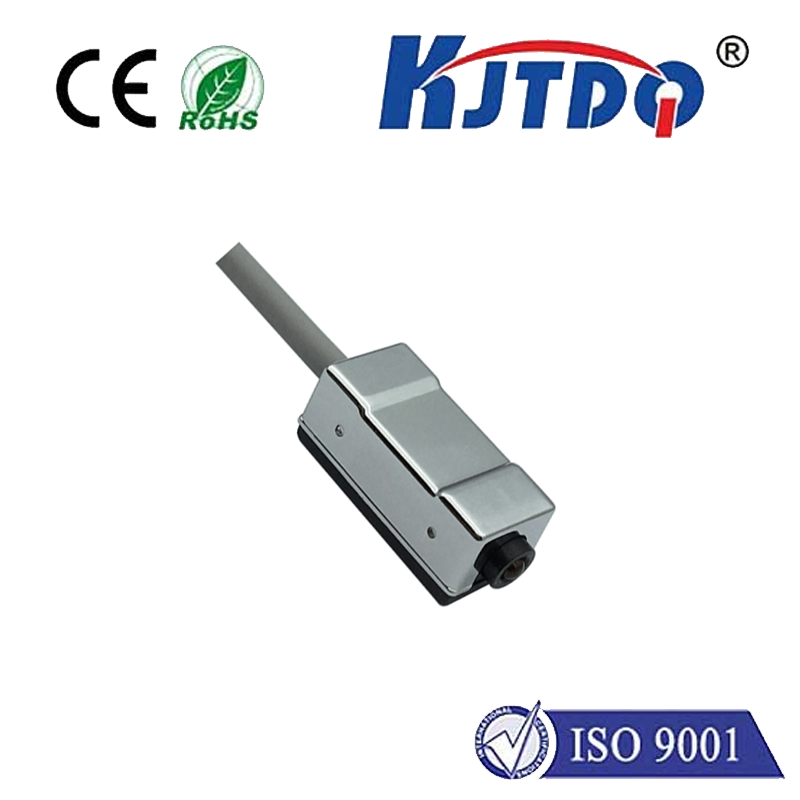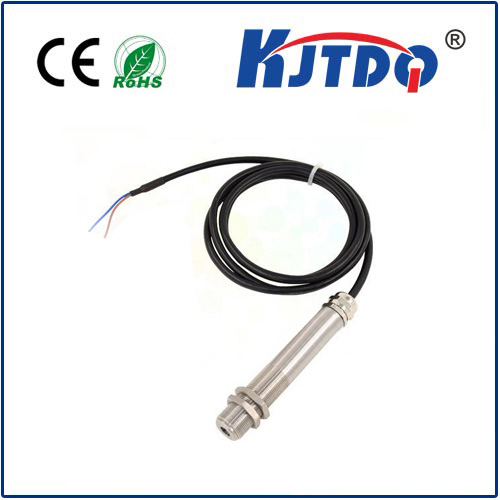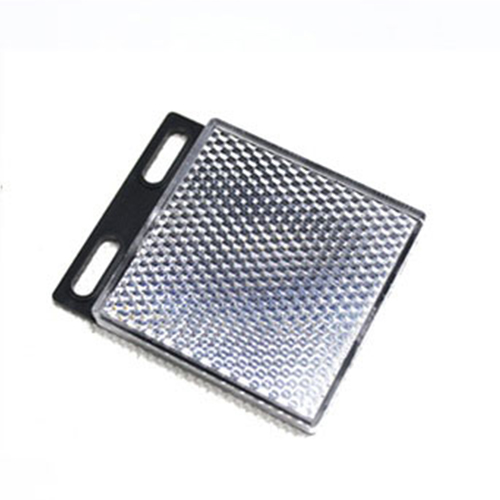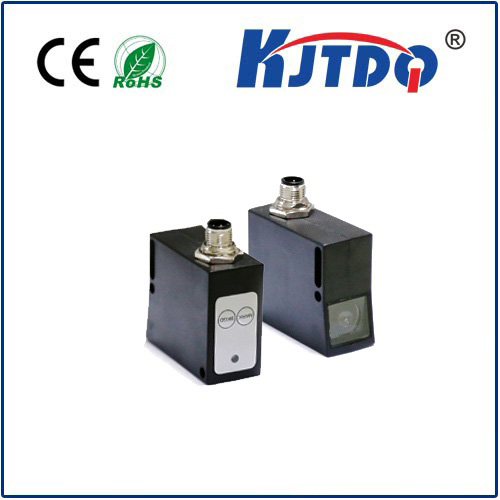

check

check

check

check

check

check

check

check

check

check
The advent of proximate sensors has ushered in a new era of industrial automation, offering unprecedented levels of precision and efficiency in monitoring and controlling manufacturing processes. These state-of-the-art devices are transforming the way industries operate by providing real-time data on various parameters, such as temperature, humidity, pressure, and distance. This article explores the key benefits of proximate sensors and their impact on the future of industrial automation.
Section 1: The Power of Proximate Sensors
Proximate sensors are non-contact sensors that measure physical properties of objects, materials, or environments without making direct contact. These sensors are incredibly versatile and can be used across a wide range of industries, including automotive, aerospace, electronics, and pharmaceuticals. One of the most significant advantages of proximate sensors is their ability to provide accurate and reliable measurements, even in harsh or demanding environments.
Unlike traditional temperature probes or other measuring instruments, proximate sensors do not require any physical contact with the object being measured. This makes them ideal for applications where contamination or other factors could negatively impact the accuracy of the readings. Additionally, proximate sensors are highly accurate and can detect even small changes in physical properties. This makes them valuable tools for quality control, process optimization, and safety monitoring in manufacturing facilities.
Section 2: Benefits of Proximate Sensors for Industrial Automation
The use of proximate sensors in industrial automation offers several benefits, including:
1. Improved Efficiency: With accurate and real-time data on process parameters, manufacturers can optimize their operations for maximum efficiency and productivity. This can lead to reduced costs, improved product quality, and increased customer satisfaction.
2. Enhanced Safety: Proximate sensors can help identify potential safety hazards before they become critical issues. By monitoring conditions such as high temperatures or low air pressures, manufacturers can take proactive measures to prevent accidents and ensure worker safety.
3. Better Process Control: Real-time data from proximate sensors can be used to continuously monitor and adjust manufacturing processes for optimal performance. This allows manufacturers to respond quickly to changing conditions and maintain consistent quality standards.
4. Increased Flexibility: Proximate sensors can be easily integrated into existing manufacturing systems and used to monitor a wide range of variables. This flexibility makes them an attractive choice for businesses looking to streamline their operations and improve efficiency across multiple processes.
Conclusion: The Emergence of Proximate Sensors in Industrial Automation
Proximate sensors have revolutionized the field of industrial automation, offering unprecedented levels of precision and efficiency in monitoring and controlling manufacturing processes. Their ability to provide accurate and reliable measurements, even in harsh or demanding environments, makes them invaluable tools for quality control, process optimization, and safety monitoring. As industries continue to evolve and adapt to new technologies, it is clear that proximate sensors will play a crucial role in shaping the future of industrial automation.
